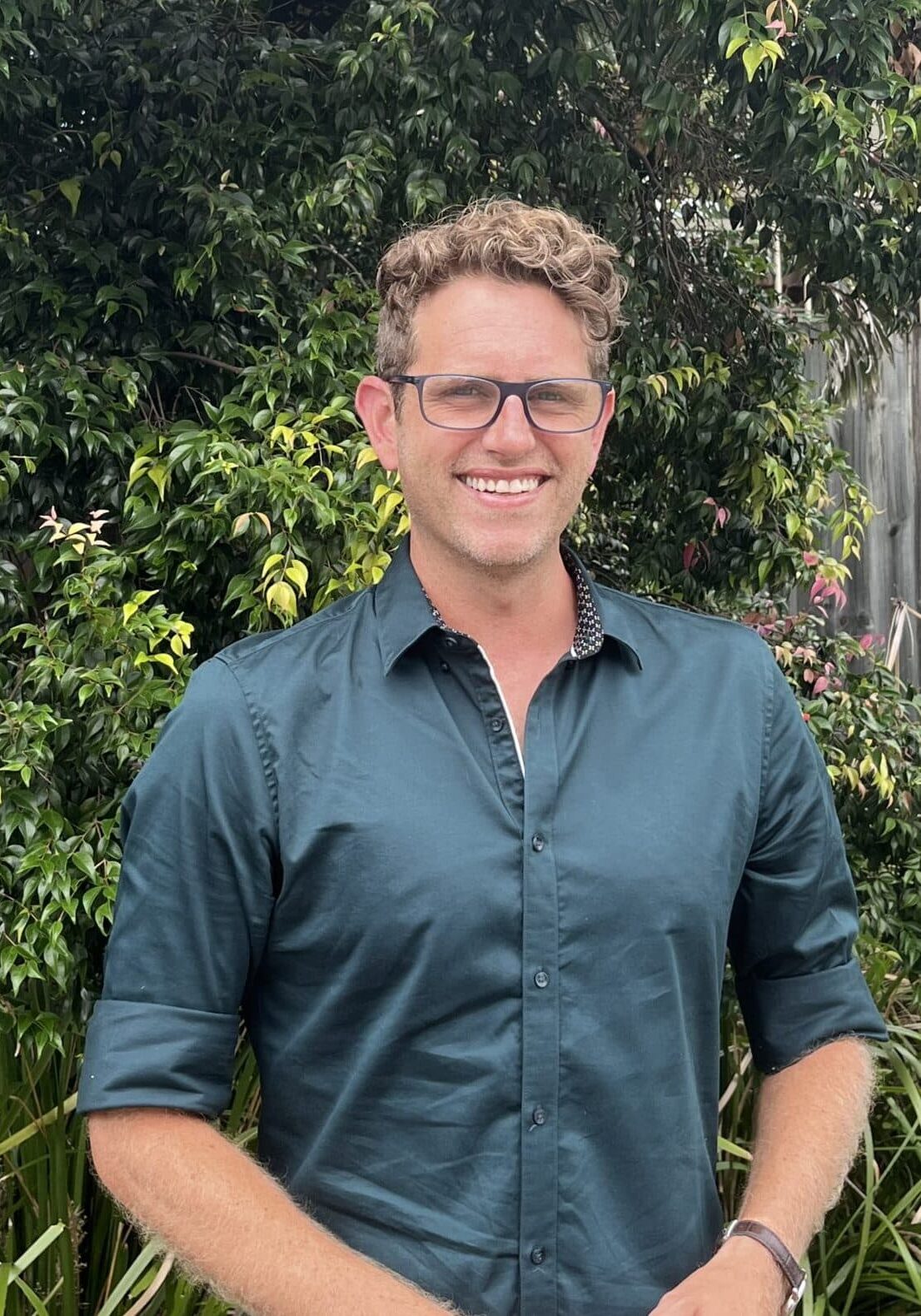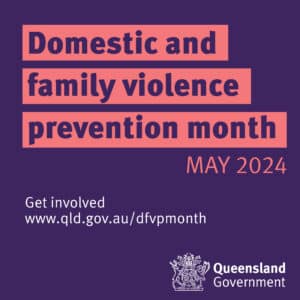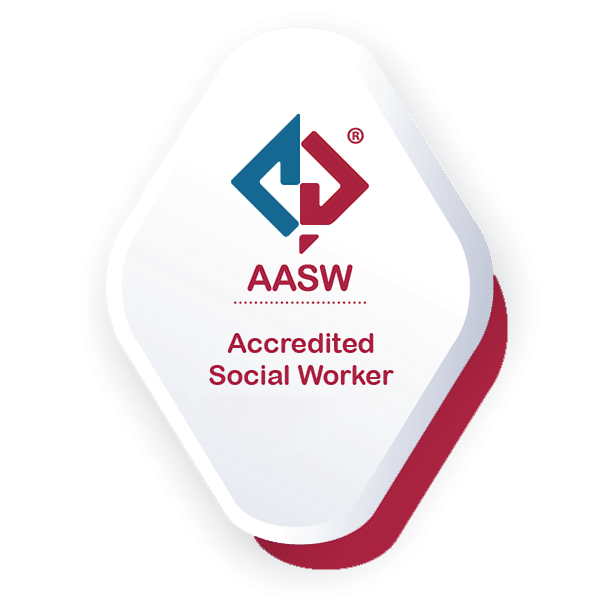It is easy to get confused and overwhelmed with the number of letters that appear when people are referring to the queer community. Adding to the confusion is the fact that there is no universal set of letters used. Some letters have multiple meanings, some letters are interchangeable with others and some letters get excluded all together in certain situations, contexts or countries.
It is important when supporting the queer community, particularly young people, to have a basic understanding of what each letter means. This goes a long way to demonstrating respect for the level of diversity that exists within the queer community. As the queer community continues to evolve, receive acceptance and achieve a higher level of visibility the need to understand the diversity within the community becomes more important. Representation for young people is key and the ever-expanding list of letters helps all people within the queer community to be seen and recognised – the first step in achieving queer affirming supports.
In Australia the most inclusive way to refer to the queer community is LGBTIQAPNDS2+.
- L = Lesbian
- G = Gay or Gender fluid
- B = Bi-sexual or Bi-gender
- T = Transgender
- I = Intersex
- Q = Queer or Questioning
- A = Asexual or Agender or Ally
- P = Pansexual
- N = Non-binary
- D = Demi-sexual or Demi-gender
- S2 = Two Spirits (First nations brother-boy and sister-girl),
- + = all the other ways in which people identify that are not listed.
The term ‘queer’ historically has been used in a derogatory way. In recent years this term has been reclaimed by LGBTIQAPNDS2+ people and is now an acceptable collective term that is all inclusive and represents the fluid and nuanced experiences of everyone who is gender or sexually diverse.
Language and labels around sexual and gender diversity is continuing to develop. The most important thing is to allow people the choice to use a particular term or word to describe how they identify. How people identify is deeply personal and it is up to everyone to decide how, when and who they share their identity with. It is not important to know how a person identifies, but it is important to respect sexual and gender diversity within our community.





